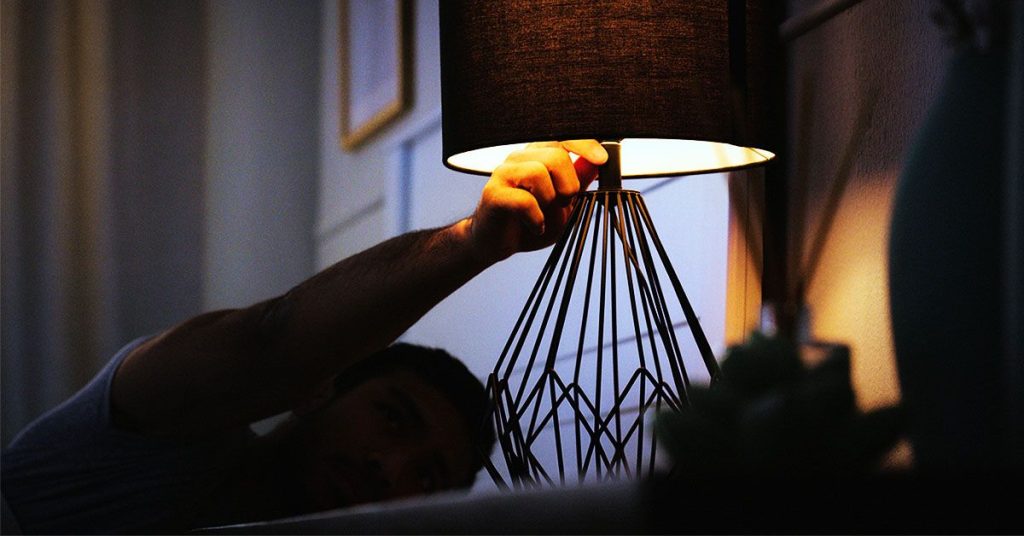Recent research has highlighted the potential negative impact of exposure to bright light at night on health, particularly in relation to the risk of developing type 2 diabetes. Studies have found a possible correlation between nighttime light exposure and diabetes risk, with some suggesting that avoiding bright light at night could help delay or prevent the onset of type 2 diabetes. Researchers from Flinders University in Australia have further confirmed this connection, emphasizing the importance of considering environmental factors such as light exposure in promoting overall health.
In a study published in The Lancet Regional Health – Europe, scientists analyzed data from nearly 85,000 individuals in the U.K. who did not have a diabetes diagnosis. Participants wore light sensors on their wrists to monitor their exposure to light during the day and at night. The researchers found that those with higher levels of light exposure at night, between 12:30 am and 6:00 am, had an increased risk of developing type 2 diabetes, regardless of their daytime light exposure. This suggests that reducing nighttime light exposure could be a simple and cost-effective way to improve health and potentially lower the risk of type 2 diabetes.
The study’s senior author, Andrew Phillips, emphasized the significance of maintaining circadian rhythms, which regulate metabolism and are influenced by environmental cues such as light. Disruption of these rhythms, such as through exposure to light at night, can lead to metabolic dysfunction and potentially increase the risk of conditions like type 2 diabetes. By recognizing the impact of light exposure on circadian rhythms and metabolic health, researchers can explore ways to enhance lighting environments and improve long-term health outcomes.
Endocrinologist Jennifer Cheng highlighted the study’s implications for preventive measures against type 2 diabetes, emphasizing the importance of good sleep hygiene and reducing light exposure at night. While lifestyle changes, including dietary modifications and exercise, play a crucial role in preventing diabetes, minimizing nighttime light exposure can also contribute to overall health benefits. Optometrist David I. Geffen echoed the importance of discussing light exposure with patients, noting the potential impact on sleep patterns, circadian rhythms, and diabetes risk. Further research is needed to deepen our understanding of the mechanisms behind the relationship between light exposure and metabolic disorders.
Overall, the research underscores the significance of environmental factors in influencing health outcomes, particularly regarding the development of type 2 diabetes. By considering the impact of light exposure at night, individuals can potentially take proactive steps to mitigate their risk of diabetes and improve their overall well-being. Further studies and interventions aimed at reducing nighttime light exposure could have far-reaching implications for public health and the prevention of metabolic disorders.


